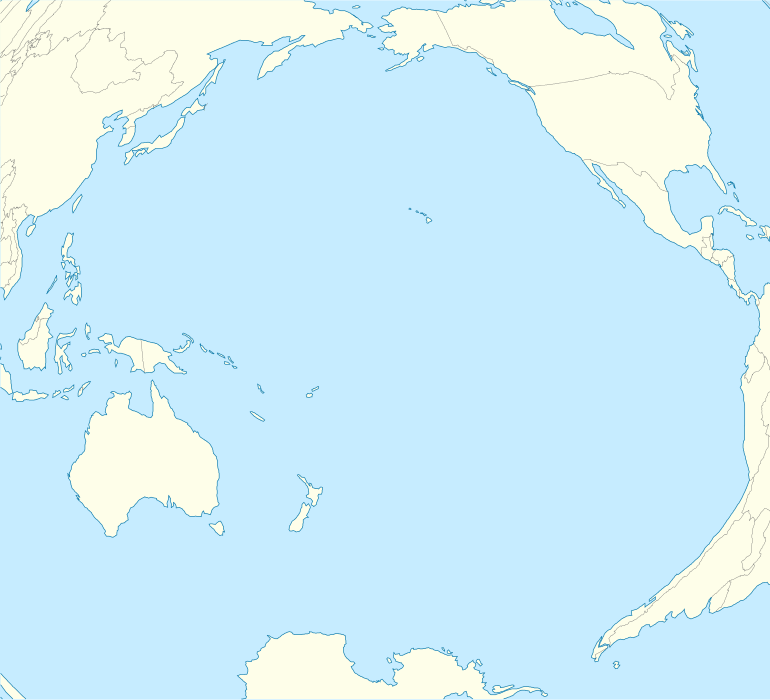Spacecraft cemetery
The spacecraft cemetery, known more formally as the South Pacific Ocean Uninhabited Area,[1][2] is a region in the southern Pacific Ocean east of New Zealand,[3] where spacecraft that have reached the end of their usefulness are routinely de-orbited and destroyed. The area is roughly centered on the "Point Nemo" oceanic pole of inaccessibility[1] – the location furthest from any land – which lies about 2,400 kilometres (1,500 mi) between Easter Island, Pitcairn Island, and Antarctica. It has been chosen for this remoteness and for its limited shipping traffic, so as not to endanger human life with any falling debris.[1]

The defunct space station Mir[4] and six Salyut stations[1] are among those that have been ditched there. Other spacecraft that have been routinely scuttled in the region include various unmanned resupply spacecraft to the International Space Station, including Russian Progress cargo craft,[5] the Japanese H-II Transfer Vehicle,[6] and the European Space Agency's Automated Transfer Vehicle.[7][8][9] A total of more than 263 spacecraft were disposed in this area between 1971 and 2016.[10]
See also
- Aircraft boneyard
- Atmospheric reentry
- Graveyard orbit
- Ship graveyard
- Space debris
- Wrecking yard
References
- Smith-Strickland, Kiona. "This Watery Graveyard is the Resting Place for 161 Sunken Spaceships". Gizmodo. Retrieved 8 January 2019.
- "Making sure ATV reentry is safe". Orion blog. 30 October 2013. Retrieved 8 January 2019.
- "NZ spacecraft cemetery gets another skip from orbit". 18 January 2007. Archived from the original on 11 October 2008. Retrieved 11 February 2009.
- "MIR Space Station is now reentered – March 23, 2001 – 06:45 UTC". 22 March 2001. Retrieved 1 May 2015.
- "Progress M-18M Mission Updates – Progress Ship Returns to Earth with Trash and No Longer Needed Stuff". 26 July 2013. Archived from the original on 1 August 2013. Retrieved 1 July 2013.
- John Love (21 September 2012). "Lead Increment Scientist's Highlights For Week of Sept. 10, 2012". NASA. Retrieved 23 September 2012.
- "Image of the Day Gallery". NASA. 6 October 2008. Retrieved 5 May 2013.
- European Space Agency ATV page. Retrieved 21 June 2011.
- "Mission accomplished for ATV Edoardo Amaldi". Space-Travel.com. 4 October 2012. Retrieved 8 October 2012.
- Stirone, Shannon (13 June 2016). "This Is Where the International Space Station Will Go to Die". Popular Science. Retrieved 16 June 2016.